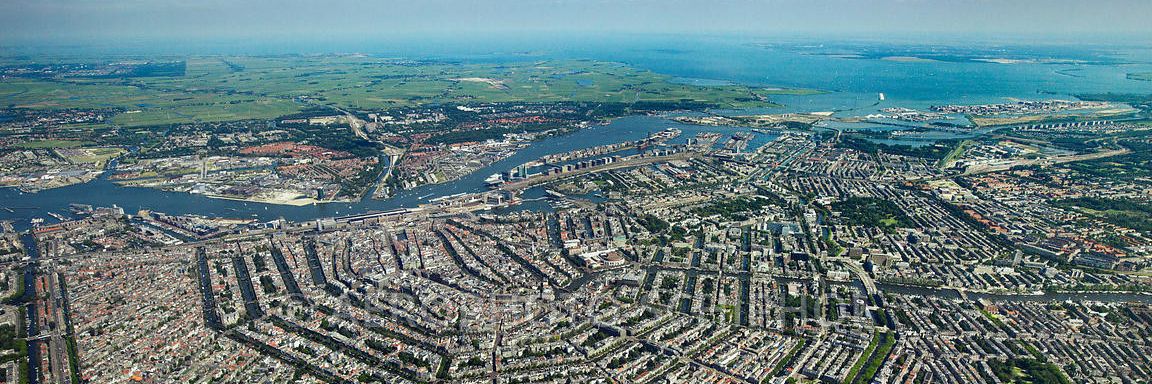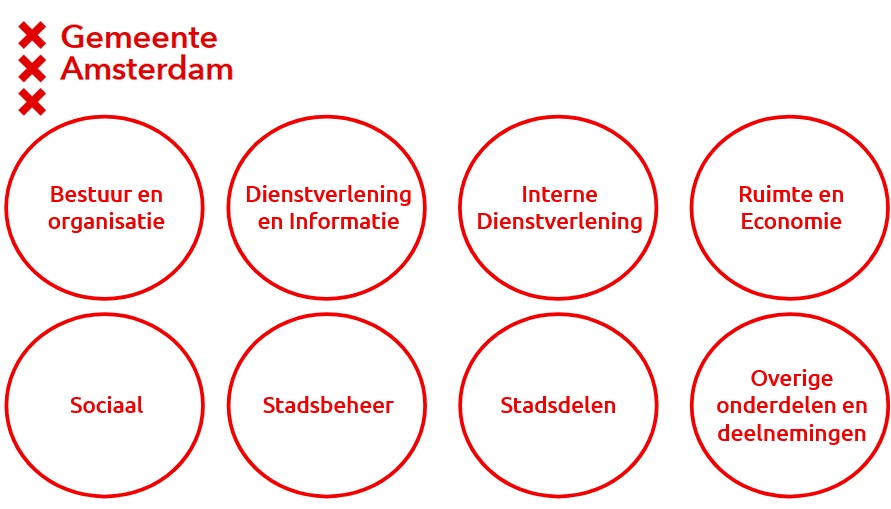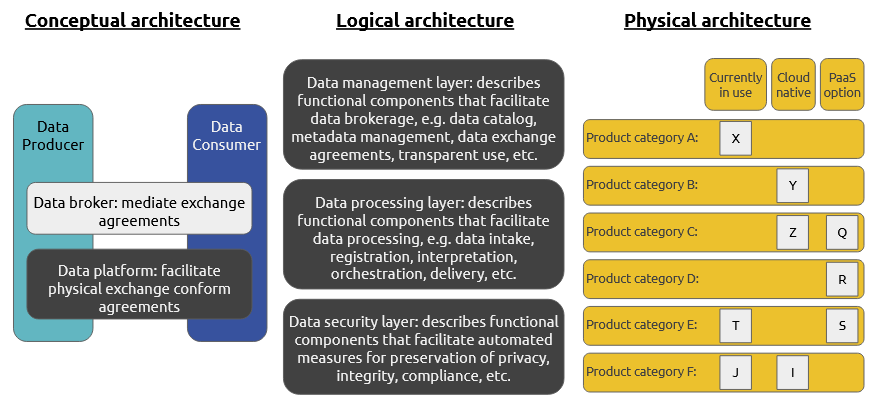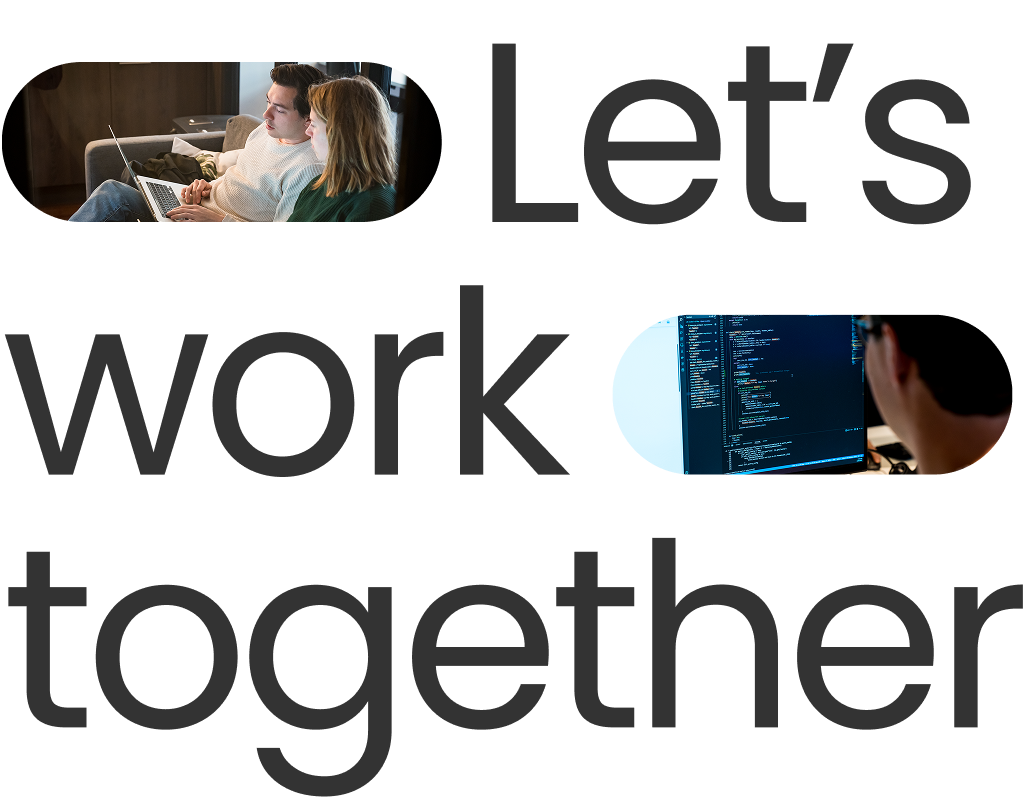


First, we attempted to explore the challenges facing data-driven management within the municipality. This was done by looking for answers to underlying questions, such as the types of data processes that the future data integration platform should be able to support, and where does the current infrastructure fall short in supporting data processes.
To answer such questions, we interviewed a total of 50 stakeholders from the social departments, public works departments, financial departments, and others. From these interviews, we derived a proper sense of the problem as well as what should the solution deliver.
Based on the results obtained from the interviews, we drafted a blueprint consisting of three architectural parts:

The blueprint was iteratively refined together with the stakeholders through focus groups, sprint reviews, and a final document review.
The blueprint for the data integration architecture is currently implemented in the City’s new Cloud Competence Center. It will roughly serve 80% of the future and current data processes within the City, and will be the seed for the data-driven policy within the municipality.
The City continues its collaboration with Xomnia on the implementation of generic data pipelines and data-driven management services for the various departments and stakeholders within the city.
In addition to the blueprint, the collaboration also helped give rise to important questions that will hopefully trigger a more broad and ambitious data-related strategies. Examples of those questions include:
The municipality’s capability to deal with such problems is growing every day, as the data foundation is being built incrementally. Future projects can rely on this foundation and their success will be amplified by the functionality offered by the fast, easy, secure, and well-managed exchange of data of the new platform.
